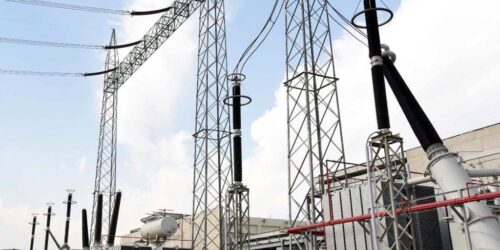Despite declining purchasing power and fall in large scale manufacturing (LSM) output, Pakistan prosperity index registered an increase in March on the back of improvements in trade volume and private sector lending, said a public policy think tank.
Policy Research Institute of Market Economy (PRIME), in a monthly review of the country’s macroeconomy, said Pakistan prosperity index (PPI) increased in March 2021, reaching an all-time high of 128.1 after dipping in February 2021.
“This figure is indicative of increased economic prosperity largely driven by improved business confidence,” PRIME said. “The increased economic prosperity as measured by PPI supports the provisional GDP growth estimate of 3.94 percent for the 2020-21 financial year.”
The index is based on the analysis of four periodic data sets – industrial production, trade volume, price levels, and private sector lending. On a 12-month rolling basis, the issue covers the period April 2020 to March 2021, with June 2019 as the base period.
In March, the trade volume was measured at Rs.1.25 trillion compared to Rs.1.06 trillion in February. This increase has been on account of opening up of the international markets. Since the last 12 months, private sector borrowing from the bank has been on the rise. This increasing trend can be credited to lower cost of borrowing and a significant reduction in the budget deficit, which has reduced the government’s borrowing needs from the commercial banks thus reducing the crowding out effect.
In March, inflation was reported at 9.1 percent year-on-year, while inflation clocked at 0.4 percent month-on-month. The rise was inflation is at the back of hike in food and energy prices.
LSM decreased 7.66 percent month-on-month in March and that can be attributed to the imposition of lockdown related to COVID-19. With the ease in lockdown restriction, overall state of the economy seems encouraging.
In addition, higher production cost fueled by higher energy prices, and supply side disruptions of raw material all had a fair share in contracting LSM’s output.
“Notwithstanding, the overall economic outlook, as measured by PPI, seems to be encouraging,” said the PRIME.
International markets have started to open up gradually. This implies increase in imports of raw materials and a subsequent improvement in LSM’s production in the upcoming months.
“However, there is still a need to curb the inflationary pressure, as this will not only improve the purchasing power/real incomes but also reduce the input cost of LSM. Addressing the supply side shocks of basic food items is pertinent to lower food inflation, which is the main cause of rising overall inflation in the economy. These supply side shocks call for more liberal trade measures and elimination of state intervention in the market,” it said.





